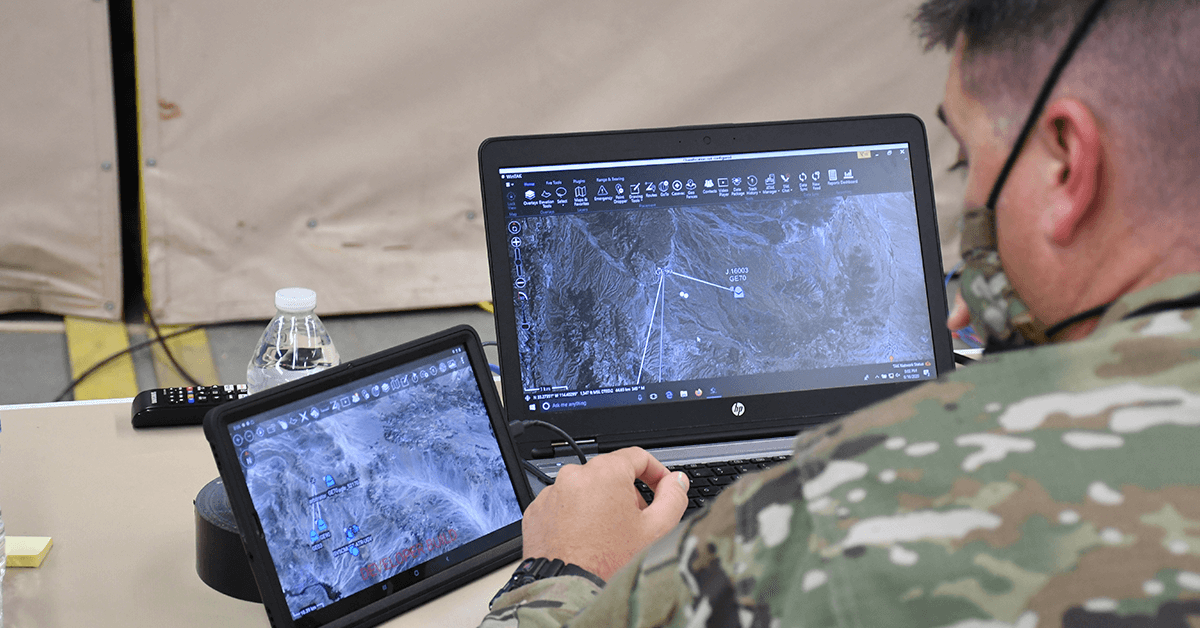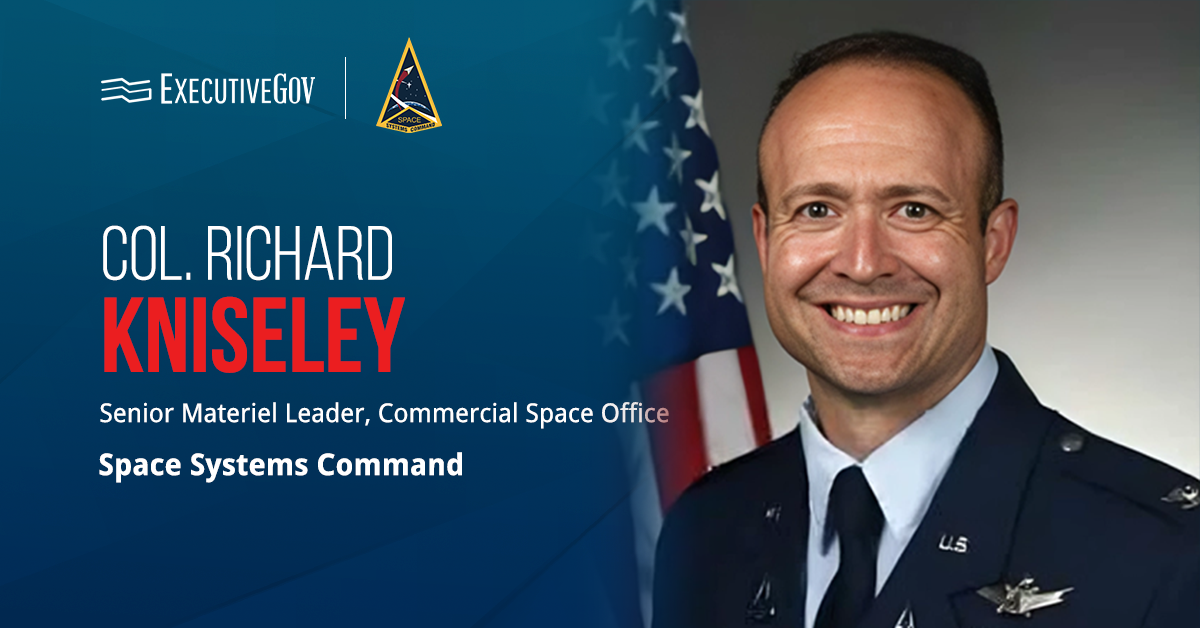The Senate on Tuesday voted 54-45 to confirm Elbridge Colby, a former Department of Defense official, for the position of under secretary of defense for policy.
Colby’s confirmation marks his return to DOD, where he served as deputy assistant secretary of defense for strategy and force development during President Donald Trump’s first term.
The Hill reported that Colby appeared before the Senate Armed Services Committee in March for his confirmation hearing and fielded questions from lawmakers over his stance on various defense policy matters, including his views on Taiwan and NATO.
Elbridge Colby’s Career Background
As deputy assistant secretary at DOD, he was responsible for defense strategy, force development and strategic analysis within the Office of the Under Secretary of Defense for Policy.
Prior to joining the Pentagon in 2017, he was the Robert M. Gates Senior Fellow at the Center for a New American Security. He also served as a principal analyst and division lead for global strategic affairs at CNA from 2010 through 2013.
Earlier in his career, the Harvard College and Yale Law School graduate served for over five years at DOD, the State Department and within the intelligence community, where he worked on strategic forces, weapons of mass destruction and intelligence reform matters.













